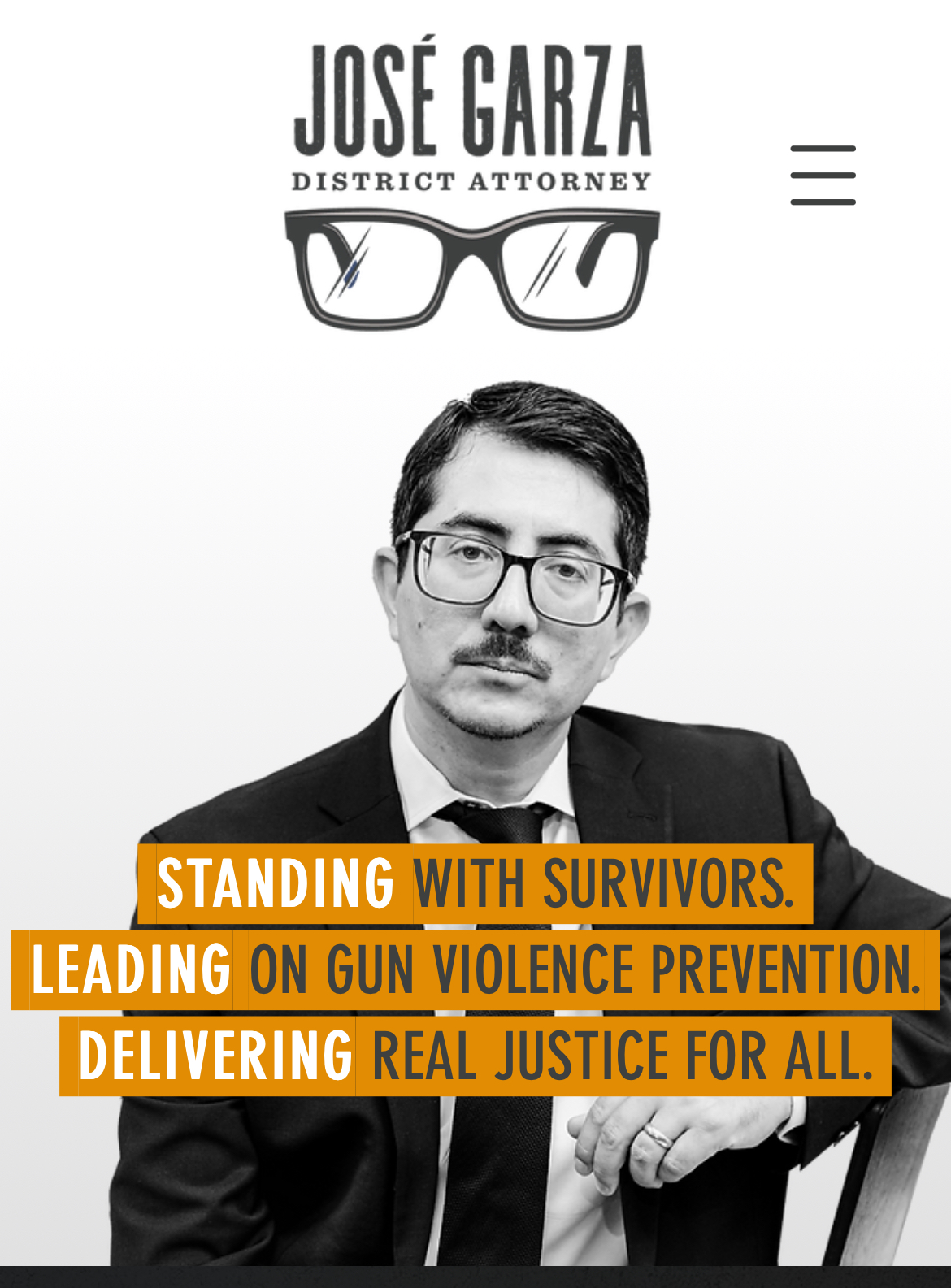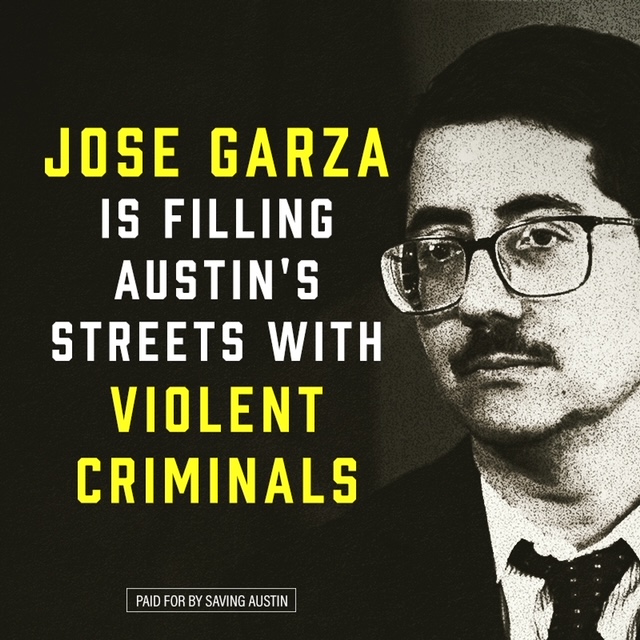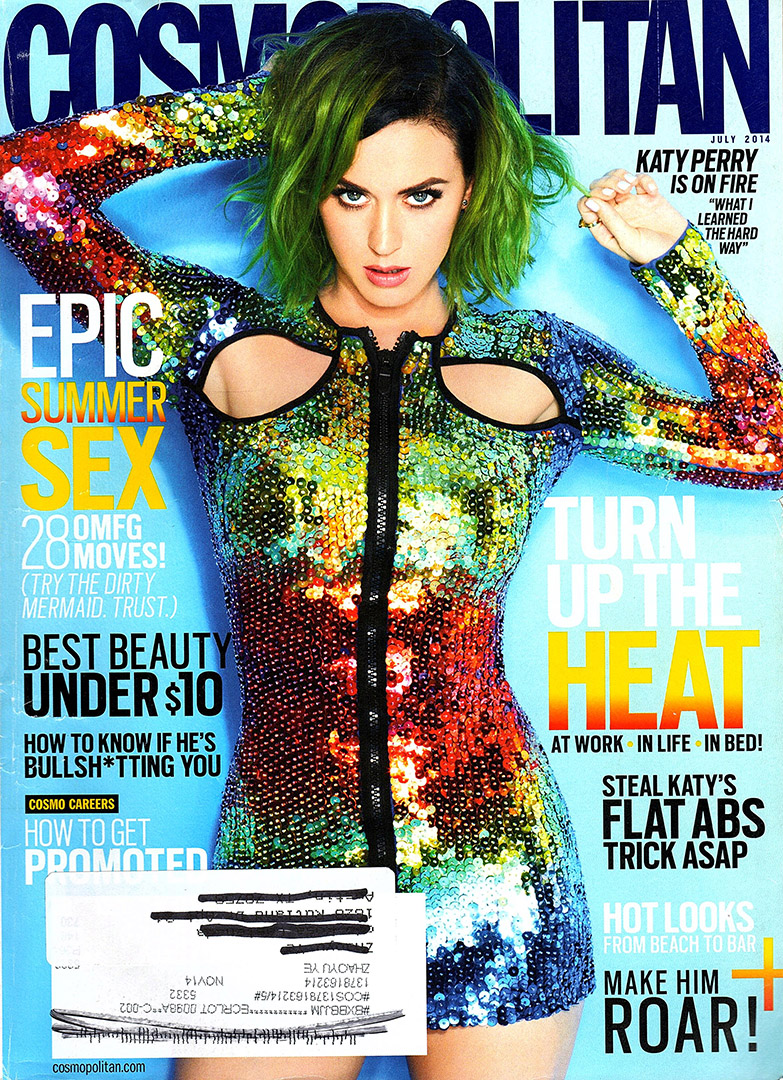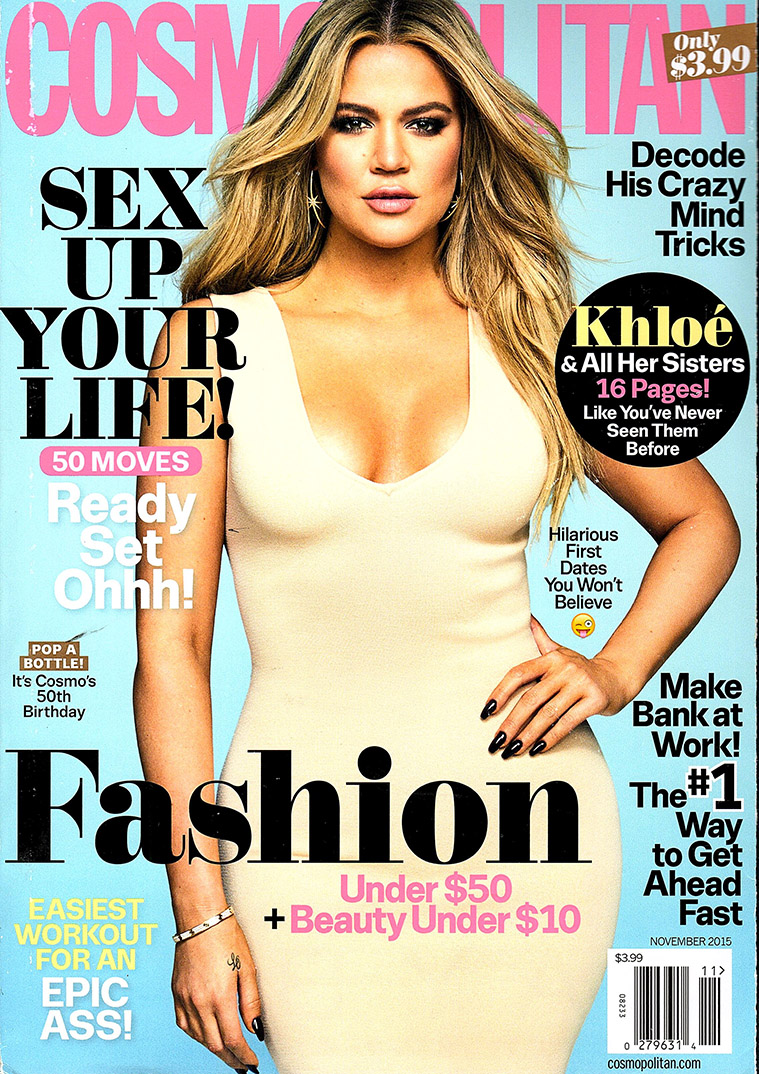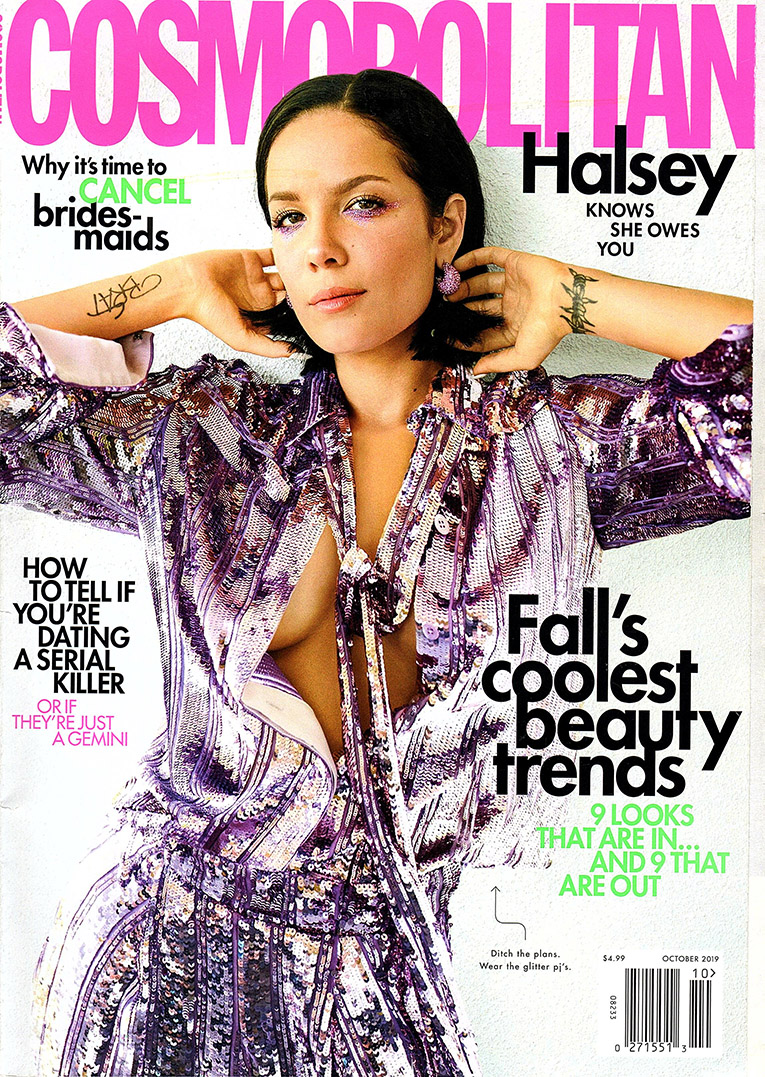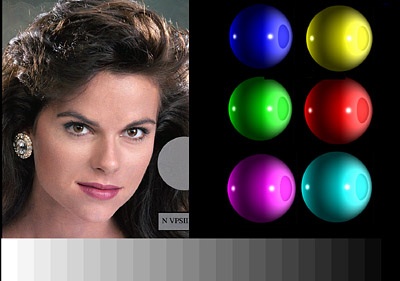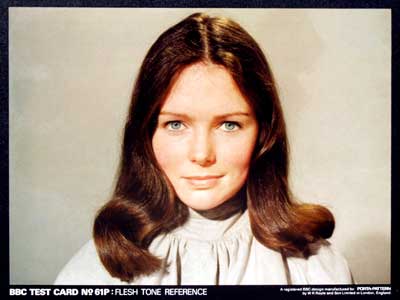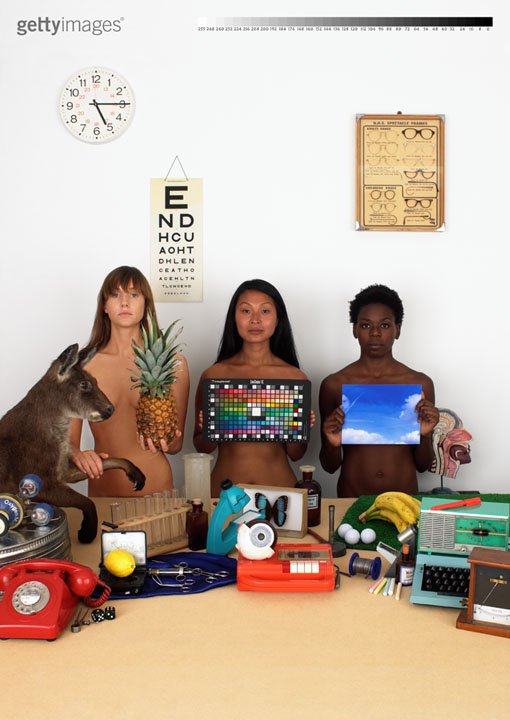| Visual/Material Communication |
 |
   |
| COM 75-474 | Spring 2024 |
| Visual/Material Communication |
 |
   |
| COM 75-474 | Spring 2024 |
discussion quotes:
Rose, quoting Green (1990): discourse is "a coherent pattern of statements [linguistic, visual, material, etc.] across a range of archives and sites.'" (223)
Rose quoting Gill: "'all discourse is organized to make itself persuasive,' and discourse analysis focuses on those strategies of persuasion." (221)
Rose: "the most powerful discourses, in terms of the productiveness of their social effects, depend on assumptions and claims that their knowledge is true." (218)
Rose: "Discourse disciplines subjects into certain ways of thinking and acting, but it is not simply repressive; it does not impose rules for thought and behaviour on a pre-existing human agent. Instead, human subjects are produced through discourses. Our sense of our self is made through the operation of discourse. So too are objects, relations, places, scenes: discourse produces the world as it understands it." (217)
Rose: discourse analysis "depends on reading with great care for detail. It assumes that the efficacy of discourse often resides in the assumptions it makes about what is true, real, or natural, in the contradictions that allow it interpretive flexibility, and in what is not said, and none of these is accessible to superficial reading or viewing." (242)
key terms/concepts:
discourse (215)
intertextuality (216)
discursive formation (216)
Foucauldian definition of power (217-219)
power/knowledge (218)
regimes of truth (218)
key rhetorical themes (230)
effects of truth; truth claims (237)
complexity/contradiction (239)
visibility/invisibility (241)
interpretive repertoire (239)
social locations of production, distribution, circulation & consumption of a discourse (243)
on Method:
discourse analysis studies the intertextual relationships among multiple images within a discursive formation, looking recursively (immersing yourself with a group of images and looking at them with both "fresh eyes" and "knowing eyes," multiple times), and specifically "coding" for:
key rhetorical themes
truth claims
complexity/contradiction
absences/silences (invisible/visual; under-represented/over-represented)
power/knowledge relations
social location of production and audience interpellation
Critical Questions:
Discourse produces subjects, objects, and practices--and relations among all of these things.
How is X pictured?
How is X talked about?
How do both picturing and talking produce and mobilize power/knowledge?
How are all these things made visible, made invisible, naturalized--and if they are, how do we name them, make them visible, denaturalize them?
How is resistance to the discourse practiced, contained, etc. within this discursive formation?
Case Studies:
from Lutz & Collins: seven gazes in National Geographic [cf. focalizers]
photographer's gaze
magazine's gaze
reader's gaze
non-Western subject's gaze
direct Western gaze
refracted gaze of the other
academic spectator gaze
from Jenkins:
identity/difference
nature/culture
documentary mode of seeing
four primary views within the documentary mode of seeing Katrina:
virtual
aerial
ground-level
face-to-face
Workshop Images
